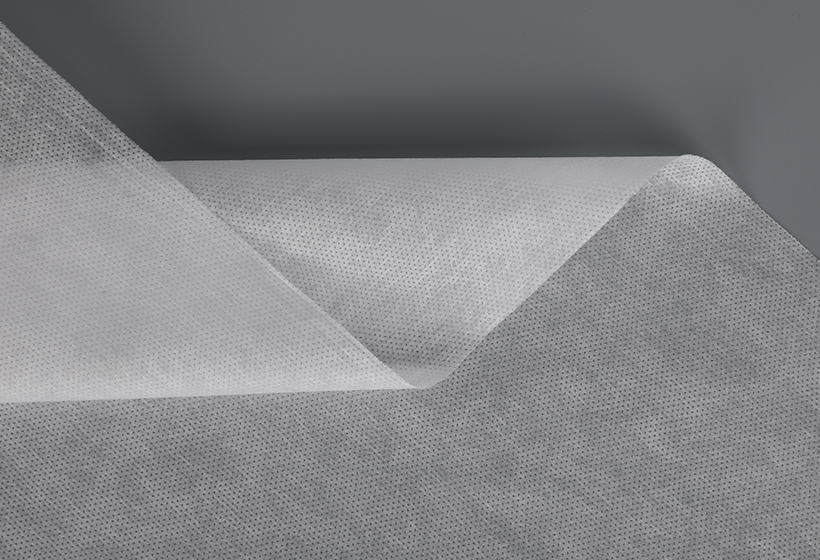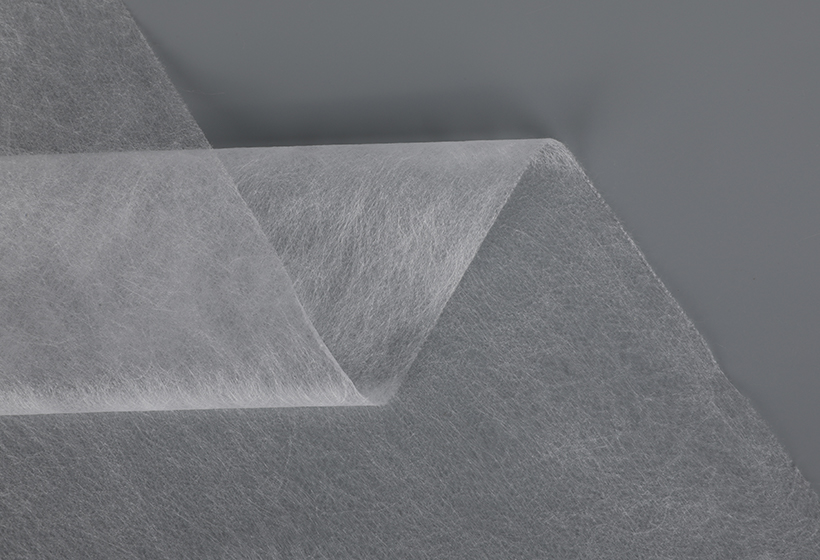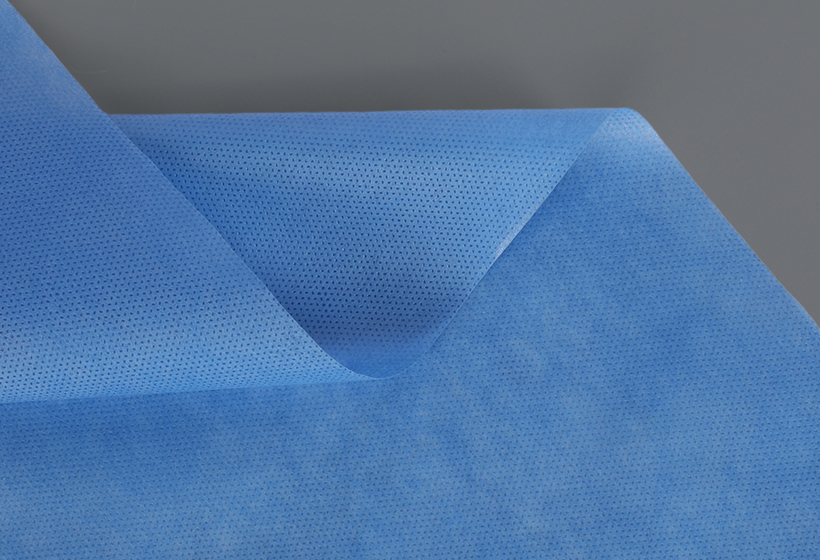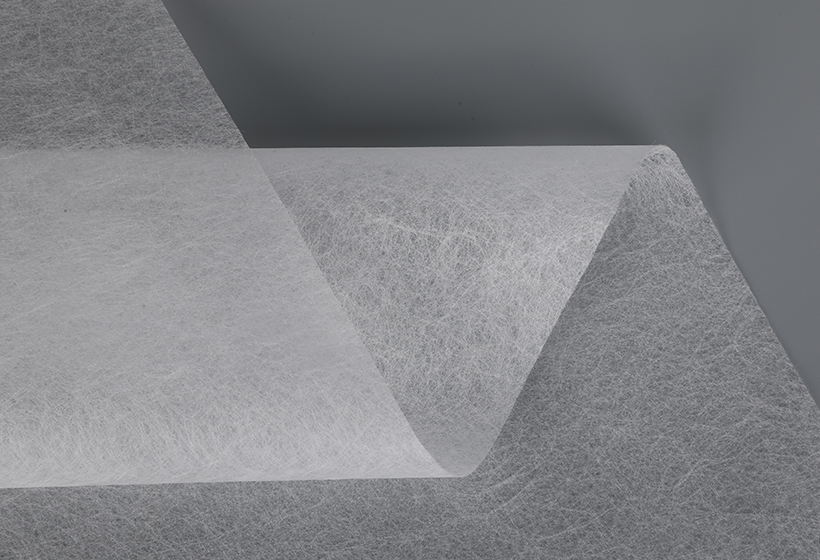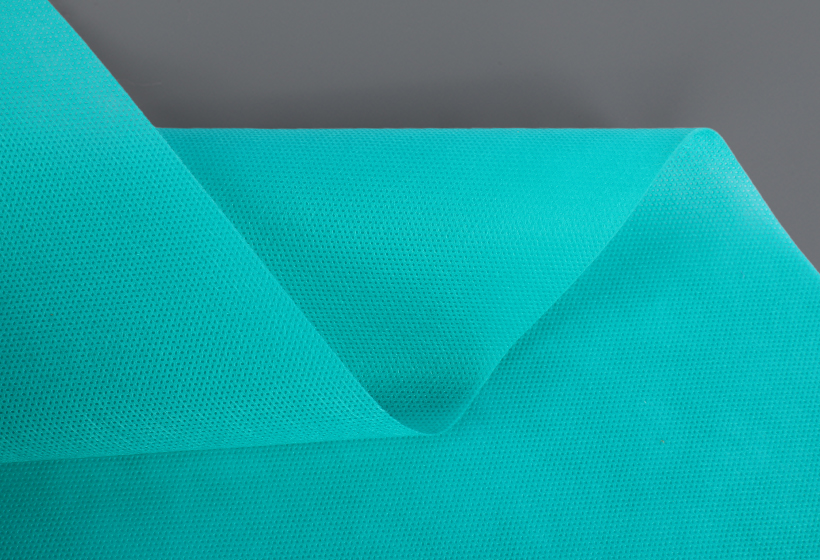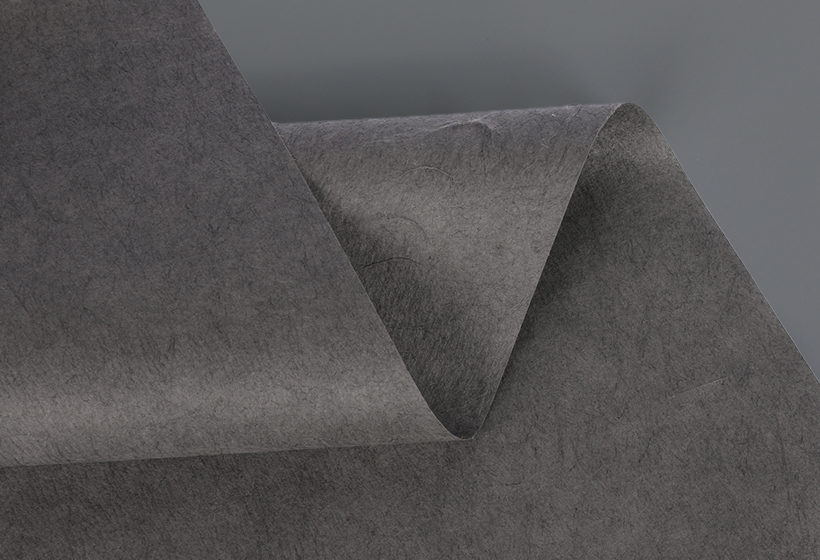Fully Degradable PLA (Polylactic Acid) represents an development over traditional PLA, introducing key differences in phrases of biodegradability and environmental effect.
Degradation Capabilities:
Traditional PLA: While traditional PLA is known for its biodegradability under commercial composting conditions, it could now not ruin down as effectively in natural environments consisting of soil or water. Its decomposition is optimized in managed composting facilities with particular conditions of temperature and microbial interest.
Fully Degradable PLA: The fully degradable variation, alternatively, is designed to go through degradation no longer most effective in business composting facilities however also in natural settings. This manner it may wreck down in diverse environments, imparting a more comprehensive and flexible method to plastic pollutants.
End-of-Life Disposal Options:
Traditional PLA: Traditional PLA often requires specific situations to decompose effectively, and its full biodegradation might be limited in conventional waste disposal structures or herbal environment.
Fully Degradable PLA: Fully Degradable PLA offers a broader variety of quit-of-lifestyles disposal options. It can degrade in soil, water, or different natural environments, reducing the endurance of plastic waste and minimizing the impact on ecosystems.
Versatility in Applications:
Traditional PLA: Traditional PLA is generally used in products like packaging substances, disposable cutlery, and meals packing containers. However, its application may be limited by the need for specialised disposal centers.
Fully Degradable PLA: The fully degradable variant expands the range of applications for PLA. It can be employed in a more diverse array of products, which includes agricultural mulch movies, wherein its capability to degrade in herbal environments will become particularly treasured.
Environmental Footprint:
Traditional PLA: While traditional PLA is considered extra environmentally pleasant in comparison to conventional plastics, its complete environmental impact depends on factors including manufacturing methods and end-of-existence disposal conditions.
Fully Degradable PLA: Fully Degradable PLA contributes to sustainability goals by no longer most effective making use of renewable resources in its manufacturing however additionally by ensuring a extra thorough and substantial degradation, lowering the overall environmental impact all through the product lifecycle.
Consumer and Industrial Adoption:
Traditional PLA: Consumer consciousness and call for for green products have driven the adoption of conventional PLA, specially in sectors centered on sustainability.
Fully Degradable PLA: The completely degradable variant aligns with the developing emphasis on round economic system practices, appealing to consumers and industries looking for substances that offer superior biodegradability throughout exceptional environments.
In summary, even as conventional PLA laid the muse for environmentally friendly plastics, Fully Degradable PLA represents a substantial soar forward. Its capacity to biodegrade in diverse settings makes it a extra flexible and complete solution, addressing the restrictions of conventional PLA and contributing to a extra sustainable future.
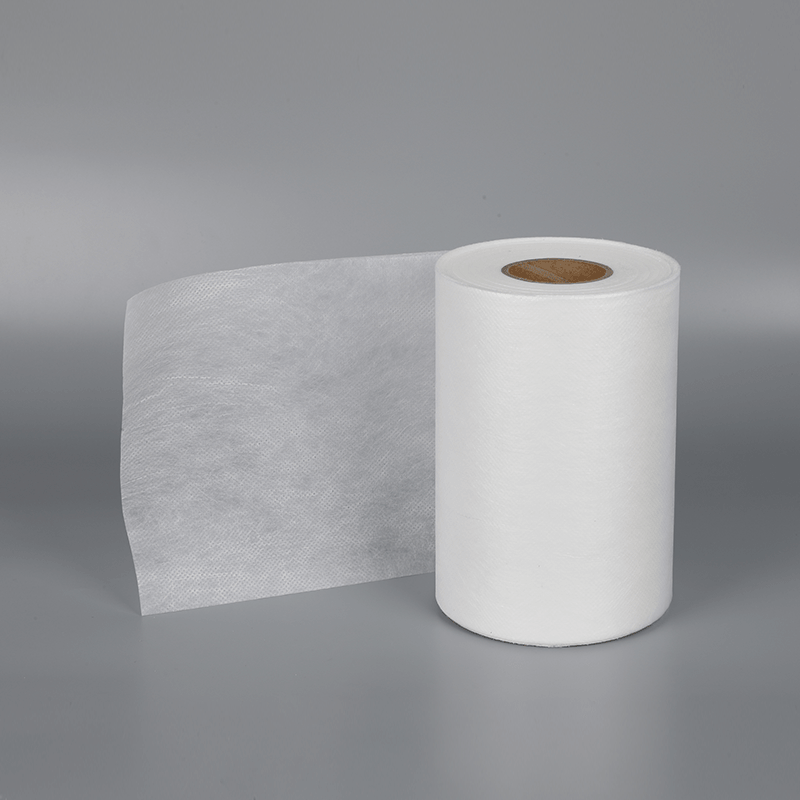
Fully Degradable PLA Polylactic acid

 English
English Español
Español
